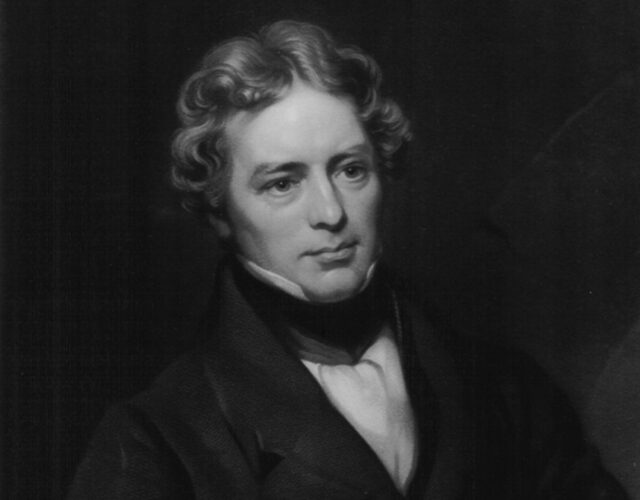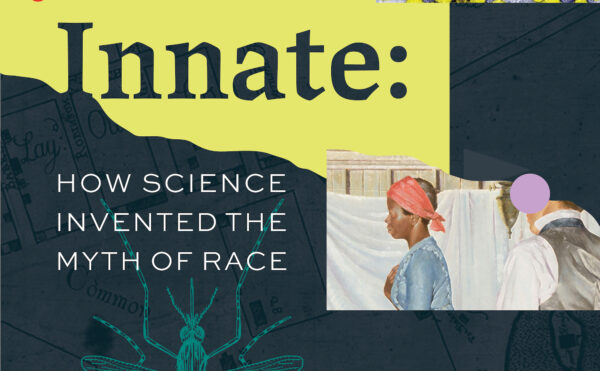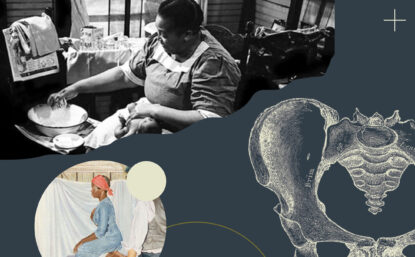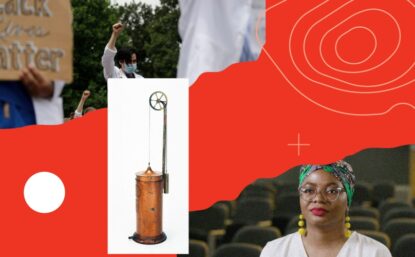How do scientists explain what they do to the larger public, and how can historians help? In this first episode of Distillations, we explore this question by looking at phlogiston, an obsolete element once thought to explain combustion. We also talk with Paul Smith, director of laboratory demonstrations at Purdue University. For more than 15 years, Smith has been performing reenactments of the 19th-century chemist Michael Faraday’s Christmas lectures, complete with period costume and language.
Show Clock
00:00 Opening Credits
00:42 The periodic table
01:52 Element of the Week: Phlogiston
04:02 Interview with Paul Smith, director of lecture demonstrations in the department of chemistry, Purdue University
09:16 Quote of the week: Primo Levi
09:43 Closing Credits
Resources and References
On the periodic table: Eric Scerri, “Mendeleev’s Legacy: The Periodic System,” Chemical Heritage 25:1 (2007), pp. 22–27.
On scientific demonstrations: Iwan Rhys Morus, Frankenstein’s Children: Electricity, Exhibition, and Experiment in Early-Nineteenth-Century London (Princeton: Princeton University Press, 1998).
Quote: Primo Levi, The Periodic Table, trans. by Raymond Rosenthal (New York: Schoken Books, 1984), pp. 57–58.
Credits
Special thanks to Anke Timmermann for researching the show.
Our theme music is composed by Dave Kaufman. Additional music was provided from the Podsafe Music Network. The background music for the phlogiston segment is J. P. S. Bach’s “Fugue in C-minor, BMW 847,” performed by Steven Kreinberg. The music for the quotation is the second movement of “Arise” for chamber ensemble by Jeff Vidov.




